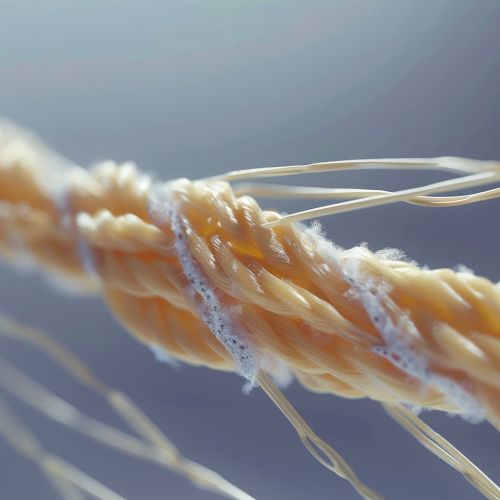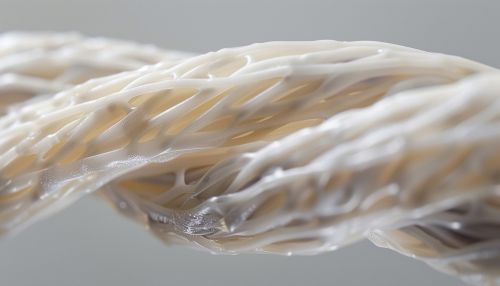Artificial muscle
Overview
Artificial muscles are a class of actuators that mimic natural muscle to generate force and motion. These materials can respond to external stimuli such as voltage, current, pressure, or temperature by undergoing changes in size or shape. The development of artificial muscles is driven by the need for lightweight, silent, and compact actuators that can operate under a variety of conditions.


History
The concept of artificial muscles has been around for many years. The first attempts to create artificial muscles were made in the 1950s and 1960s, using materials such as rubber and springs. However, these early attempts were limited by the materials available at the time. The development of new materials and technologies in the late 20th and early 21st centuries has led to significant advances in the field.
Types of Artificial Muscles
There are several types of artificial muscles, each with their own strengths and weaknesses. These include:
Electroactive Polymers
Electroactive polymers (EAPs) are materials that change shape or size when subjected to an electric field. EAPs are lightweight, flexible, and can generate large strains, making them ideal for use in artificial muscles.
Shape Memory Alloys
Shape memory alloys (SMAs) are metals that can return to their original shape after being deformed, when heated. SMAs can generate large forces and have high energy density, but their response time and strain are limited.
Ionic Polymer-Metal Composites
Ionic polymer-metal composites (IPMCs) are a type of EAP that can generate large strains at low voltages. IPMCs are flexible, lightweight, and can operate in water, making them suitable for use in underwater applications.
Dielectric Elastomers
Dielectric elastomers are a type of EAP that can generate large strains and have high energy density. However, they require high voltages to operate and are sensitive to environmental conditions.
Applications
Artificial muscles have a wide range of potential applications, including robotics, prosthetics, and wearable technology. For example, they could be used to create more lifelike robots, or to develop prosthetic limbs that more closely mimic the function of natural limbs. In the field of wearable technology, artificial muscles could be used to create clothing that changes shape or function in response to the wearer's movements or environmental conditions.
Future Directions
The field of artificial muscles is still in its early stages, and there is much room for improvement and innovation. Future research will likely focus on developing materials and technologies that can generate larger forces, operate at lower voltages, and withstand harsher conditions. In addition, there is a need for more research on the integration of artificial muscles into systems and devices, and on the development of control strategies for these muscles.
